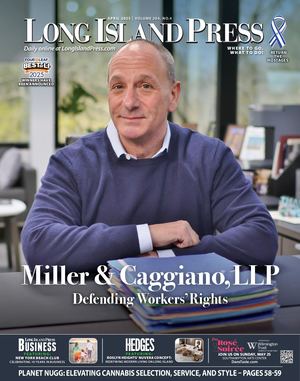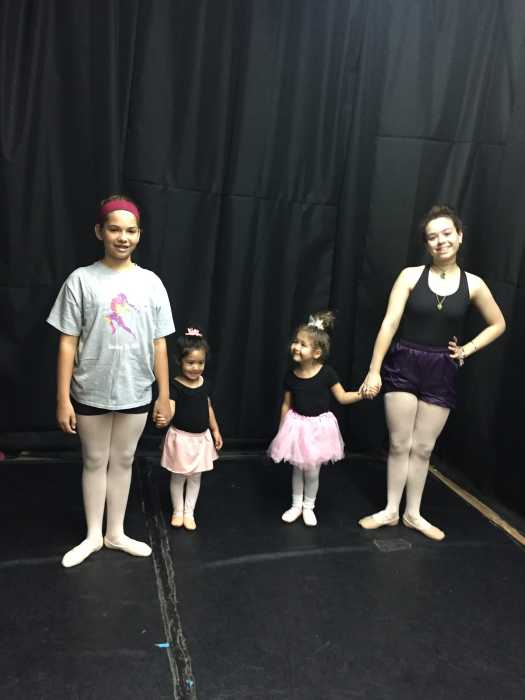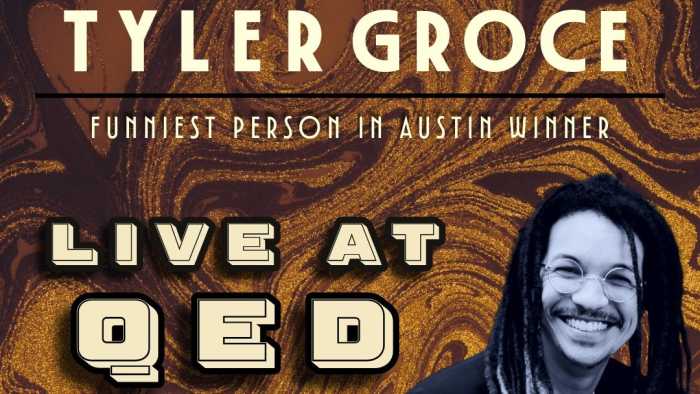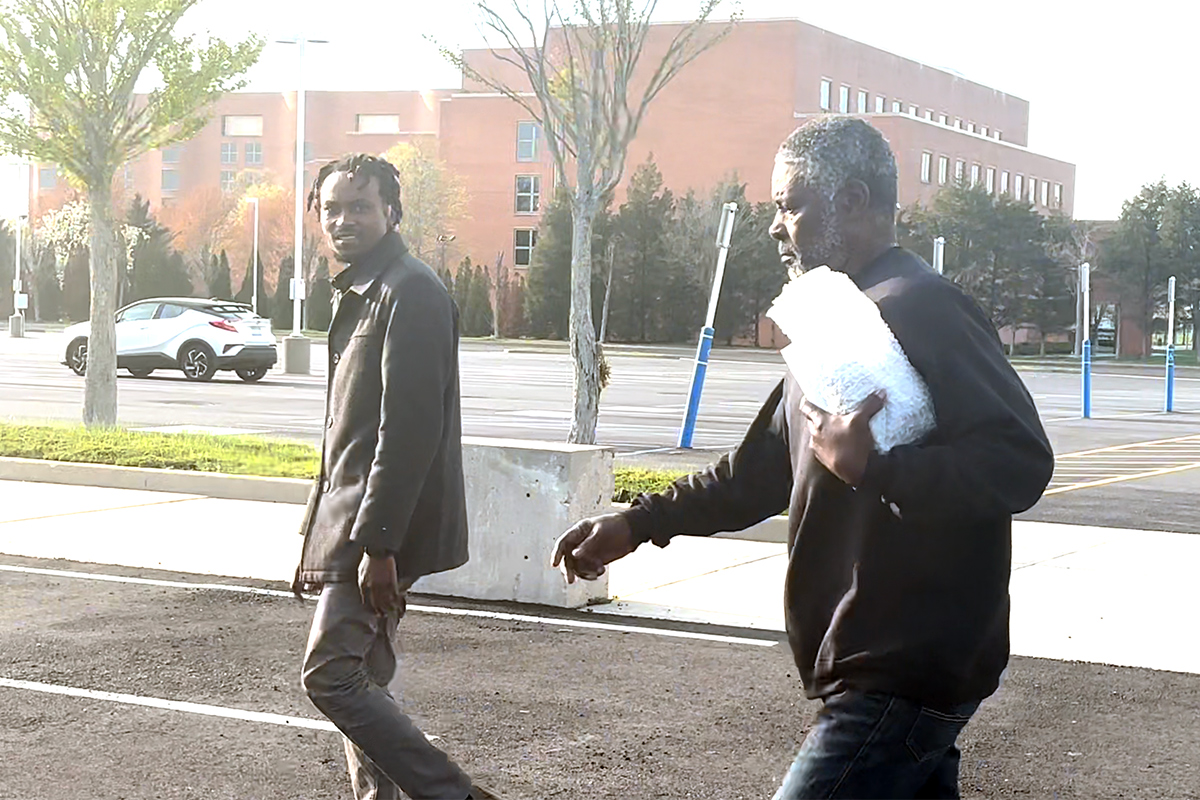Forget dealers—new generation of addicts goes straight for the medicine cabinets
The 10th-grader selected her favorite color. It was a very simple task that she and most young people have probably done countless times before. However, this time, the stakes were never higher. She was not choosing a color for a blouse, a cell phone case or curtains for her bedroom. Instead, she was selecting a pill from a menagerie of narcotics that her peers had brought to a “pharm party” – an alarming and frightening phenomenon that’s been making a comeback among teenagers throughout Long Island.
Buying The Pharm
“She was trying to fit in,” said Detective Pamela Stark of the Nassau County Police Department, who met with reporters from Anton Community Newspapers and recounted this horrifying tale, which occurred in central Nassau.
The pill the young teen selected had been prescribed for a dialysis patient. One of the party attendants probably took it from an ill parent or grandparent. When she took a second pill, after also drinking alcohol, she became nauseous, and then continued to get sicker until she had to be rushed to the hospital.
Janice Talento, CEO of Drug Free Long Island and president of Drug Free Massapequa, shared a similar story of another teen girl, who was rushed to the emergency room because the pill she chose at one of these parties was penicillin, to which she was highly allergic. Talento is also deeply concerned by this common trend among teenagers, which law enforcement officials, school administrators, medical professionals and experts in substance abuse say is quite common throughout all parts of Long Island, covering a variety of socio-economic groups.
“What happens is you can’t come to the party unless you bring a pill,” explained Talento. “You get to the party, you throw your pill in a bowl, they mix them up, you roll the dice. Whatever color you roll, that’s the pill that you take.”
Talento also cautions that “pharm” parties (also referred to as pill parties) become more popular during the spring and summer months, as the weather gets warmer. She says that the better outdoor conditions of spring or summer allow kids to hold these parties away from a residential home and instead conduct them in parks, preserves, or other outside meeting places.
Dr. Stephen Dewey, director of Molecular Imaging at North Shore-LIJ, speaks to students in virtually all of the Island’s school districts. He also corroborates that “pharm” parties are quite common throughout the region. However, he knows of cases where students take this to an even more dangerous and frightening level.
“The thing that I’ve heard most frequently is they’re now taking that glass full of pills and now filling it with vodka,” explains Dewey. “So everything kind of dissolves, and then each kid takes a shot of that concoction.”
According to Dewey, alcohol intensifies drugs, so kids engaging in this behavior are more likely to become addicted and at a quicker rate. Furthermore, he is also terrified by the thought of what kinds of pills are used in these concoctions. He has heard of a variety of narcotics being placed in these mixtures including opiates, antihistamines, cough syrups, cold medications, nitroglycerin (which is used to treat cardiac patients) and even dog medications such as heartworm and de-worming pills.
“If you dissolve 80 pills into a glass that’s dissolved in vodka you’re getting more than one 80 mg pill,” says Dewey.
The rise in popularity of these pill parties is a byproduct of another disturbing trend among local youth—using prescription drugs illegally. While alcohol and marijuana remain the gateway to substance abuse, many of our region’s teenagers and young adults are now turning to prescription drugs.
“The admissions for opiates is as high as I recall it ever being,” says Bruce Goldman, director of Substance Abuse Services at Zucker Hillside Hospital of the North Shore-LIJ Health System. “Normal everyday healthy kids fool around [and] don’t realize the dangerousness of it and before they know it, they’re hooked.”
He also says that OxyContin (brand name of oxycodone) and Percocet are the two most commonly abused prescription drugs.
Opiate Of The People
Dewey expressed a similar opinion, saying that the problem of opiate abuse among youth is the worst he’s seen in his many years of experience. In addition, according to Stark, the number of arrests for opiates in Nassau County last year was double the amount for heroin. And she added that most of these arrests do not occur because of an active pursuit, but rather because the perpetrator was stopped for another reason.
According to the 2010 statistics from the Centers for Disease Control and Prevention, 12 million Americans (ages 12 and over), or about 1 in 20, reported using prescription painkillers for nonmedical purposes in the past year. The CDC also reports about half a million emergency visits in 2010 were due to the misuse or abuse of prescription drugs and about 15,000 Americans die annually due to overdoses in prescription painkillers.
Furthermore, according to the Monitoring the Future survey, which is conducted by the University of Michigan and funded by the National Institute of Drug Abuse, 7.2 percent of 12th-graders surveyed reported using prescription drugs for nonprescription purposes. In addition, only 16.4 of those who reported using prescription drugs for nonprescribed purposes, responded that the drugs were obtained by a dealer or a stranger. An alarming 70.2 percent stated that they were given drugs by a friend or relative, 40.4 responded that they bought the drugs from a friend or relative, 34.7 reported that they already had the drugs from a previous prescription and 21.8 responded that they took the drugs from a friend or relative.
Local experts stated that although these numbers seem fairly accurate, in actuality they might even be slightly higher. The survey takers are assuming that respondents replied honestly, which some teenagers may not have done even if the survey was conducted anonymously.
A study that was published this month in the Archives of General Psychiatry indeed indicates higher usage. The study used a sample of 10,123 adolescents aged 13 to 18. It was reported that 42.5 percent had indeed used drugs and 16.4 percent were abusing drugs. Additionally, the study also revealed that the median age at the onset of drug abuse with dependence was 14 years, and 15 years for drug abuse without dependence. (Additional studies have also shown pill addiction and abuse by senior citizens, and will be covered in Part 3 of this series.)
Recently released statistics from the Nassau County medical examiner’s office indicate that 149 residents died last year from prescription opiates or heroin and another 310 residents who died had these opiates in their system at the time of their death. In 2010, 98 people died from these drugs. The largest spike was in deaths related to oxycodone, which have surpassed heroin deaths for the second year in a row.
All of the experts who spoke with Anton Community Newspapers also concurred that this is a problem which has spread throughout all of Long Island. While it might be comforting for some to mistakenly think that this concern has not hit their particular school district, there is consensus among the experts that this is a crisis which affects the entire region. Dewey said that he can go into any school district and buy OxyContin or Vicodin for $20. Talento says that she personally witnessed drug deals on the streets of a Gold Coast community when she worked there and Goldman says that this problem is affecting youth across the board.
When asked who is affected by what many are calling an epidemic, Goldman answers, “Clearly, all socioeconomic levels. All functional levels. To me, more intact kids from more intact families than we traditionally saw.”
“I Love You Mama”
One such youth who fell victim to the dangers of prescription drug abuse was Jonathan Sieczkowski of Massapequa. While choking back tears, his mother, Sharon, recalls a respectful, clean-cut, loving son whom she says was beloved by everyone.
“He’d come over and hug me from the back and say ‘I love you, mama’,” Sieczkowki sadly recalls. “He genuinely loved everybody. There wasn’t a bad bone in his body. He wasn’t a wise guy. He was always very respectful. He was a good kid. He was a good kid making a bad choice.”
His mother says that Jonathan’s first bad choice came later than it does for most users. Jonathan attended a parochial elementary school and then a prestigious Nassau Catholic high school, and did not become involved with alcohol or drugs until 10th grade. However, he eventually fell victim to the temptation and this was further exasperated by an injury he suffered while skiing for which he was prescribed OxyContin. Sports injuries are a common beginning for many young people who later become addicted to their pain medication, often leading to heroin.
Things spiraled out of control from there for Jonathan. He was eventually asked to leave his high school after failing a Spanish class, and his life began to fall apart. He would steal money and jewelry from his family to support his expensive drug habit and when he no longer had the money for those pills, he turned to the cheaper alternative, heroin.
“I didn’t know heroin,” recalls his heartbroken mother. “Needles? Kids? I never knew any of it.”
Jonathan was eventually administered into rehab, which was the first time that his mother could be at peace, as she knew he was being taken care of by professionals. Prior to his admission, she would get up in the middle of the night to make sure he was still in his bed. And although Jonathan went through rehab and got his life back on track, he was reintroduced to heroin and it took his life at just 22 years of age.
“If your child has a drug problem, you would do anything to help them,” says Sharon, who is a member of New York State Assemblyman Joseph Saladino’s Heroin and Prescription Drug Abuse Relief Task Force. “What I’m trying to say is, ‘Parents, get educated.’ You would do anything for your child if they are addicted, why wouldn’t you do anything to prevent it?”
She painfully speaks about her son’s tragedy, while publicly trying to get the message across to other parents. She clutches a photo of her son as she speaks of the loving son she lost.
Goldman says that Jonathan’s progression from prescription narcotics to heroin is common among users. He says that while prescription pills can be sold on the street for about $20 a piece, heroin is cheaper and more attainable for those who no longer have the money for the prescription pills.
“Many who start with the prescription pills end up on heroin because it’s less expensive,” says Goldman.
Furthermore, he states, as the addiction gets worse, users build up a tolerance to drugs and need more narcotics to get the same sensation, which again leads to a transition to the less expensive heroin. And while most start with heroin by sniffing it, eventually they will transition to shooting it with a needle to take a stronger version that will deliver more enhanced effects.
Comfortably Numb
This was exactly the scenario that Jenny* got caught up in. She was 15 years old, at her high school Homecoming, when she was given her first Xanax.
“It took me out of myself,” the now-21-year-old recalls, her beautiful hazel eyes clear after 66 days of being sober. “I was uncomfortable in my skin. When I was high, I felt like Superman. I felt like I could do anything. I fell in love with it.”
For Jenny, now living in a “sober house” in Suffolk County, her drug addiction took a familiar course: Xanax, Percocet, OxyContin, pharm parties (“It was scary,” she recalls. “It’s a free-for-all, you don’t know what you’re ingesting”)…and then sniffing heroin.
Since 2011, Jenny has been in rehab four times and has been through detox about 10 times. But then she’d come back to her boyfriend, a user, and the cycle, as much as she wanted to change it, started all over again.
Jenny is no longer seeing that boyfriend, and is thrilled to be clean for more than two months. She even announced it proudly on her Facebook page. Jenny is a very pretty and smart young woman with a sharp sense of humor, who exudes so much potential. She knows that these drugs are destroying that promise.
She says that out of her circle of addicted friends, she’s the only one who has gotten clean. In fact, the day prior to her interview with Anton Newspapers, she attended a wake for a friend who died of an overdose (the second in a week). Deaths of friends and celebrities like Whitney Houston, and most certainly her own OD and resulting seizures, are “definitely a wake-up-call,” Jenny admits, but she acknowledges that she “didn’t have a choice but to maintain. I loved being comfortably numb.”
“Now,” she says, “I can choose to not screw up my life.” There is hope in her face when she says this, and you deeply want to believe her.
Dr. Jeffrey Reynolds, executive director of the Mineola-based Long Island Council on Alcoholism and Drug Dependence (LICADD), agrees that the problem is spread throughout the Island and through all demographics. He warns that many of the kids who fall victim to prescription drug abuse appeared to have a very bright outlook for their lives.
“Typically when you look at addiction there are kids who are on a path and you could kind of see where things are going from a very early age,” explains Reynolds. “These are not those kids at all.” Jenny says that LICADD was of enormous assistance to her in helping with detox, rehab, counseling, and even sorting out all the bureaucratic red tape.
Lindsay*, another former teen addict from Nassau, spoke to Anton Newspapers about how a prescription drug addiction quickly led her from a promising academic career to near tragedy. Once a high school honor student, her life began to spiral out of control when she got involved with alcohol, which led to marijuana, which eventually led to Xanax, when a marijuana dealer introduced her to it.
“I was a straight-A student,” she recalls. “I played varsity sports. I was involved in clubs and organizations. As soon as the drugs hit, it was all downhill.”
Her decline continued through the beginning of college, when this once-promising student went away to school and would endure 13 hours of bus rides in order to return to Long Island and meet with a dealer to acquire more Xanax. Her grades, of course, continued to decline until she was on the brink of flunking out.
“It just distorted my views and my ambition,” she says. “My ambition was gone. I was so addicted to them for so long, when I wasn’t on them, my life was in shambles. I would be depressed. I wouldn’t get out of bed. Taking Xanax made me able to get out of bed and go through my daily routine and do the things normal people can do. Without them I couldn’t do those normal things.”
Despite her poor grades and lack of ambition, she still didn’t see the problem. Eventually, she quit Xanax, not because she wanted to, but because she ran out of the medication.
“The only reason I ever stopped was because I ran out,” she says.
About a week and a half later on Christmas Eve, she woke up in her car. She was in pain and the smell of air bag dust permeated the interior of the automobile, which was wrapped around a tree. Discontinuing Xanax without proper medical supervision had caused her to suffer a seizure, which resulted in her losing consciousness and crashing her vehicle. The hospital staff subjected her to all kinds of tests, but because she did not tell them of her Xanax dependency, they were not able to find the true cause of her seizure.
On the bright side, the accident did help her to turn her life around. She eventually returned to college, at a different school, and hopes to become a social worker. She proudly says that she has been drug free for about 18 months.
“I never thought I would make it past 25. When you’re doing drugs, you never look toward the future.”
* We have changed the names of some of the young addicts.
Look for Part 2 in next week’s edition.































